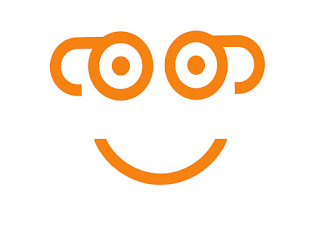Open Access publishing humanities
 |
| Source image ** |
All information on open access publishing can be found on our website and if you have any questions, please send them to: openaccess[at]uva.nl
Open Access (OA) and UvA
Making your publications online freely accessible has shifted in the past years from voluntary participation to obligation. The National Plan Open Science was signed in 2017 by ten parties, including KNAW, NWO, VSNU and UKB. It states that publicly funded research should be made freely online and available to everyone. Plan S is an initiative of European (NWO included) research funding organizations aimed at accelerating the transition towards 100% open access (OA) publications. For now, it focuses on articles.
The UvA has an Open Science Programme (2020-2024) which includes an OA policy. UvA researchers are expected to make their work OA. This could be done by either publishing it immediately OA with a creative commons (CC) license or by -delayed- open archiving in the institutional repository, UvA-DARE . Adding a CC license to a publication means that anyone can distribute, republish, or reuse part of the publication that normally requires permission from the author first. It has no impact on the copyrights of the author.
Taverne
Researchers can evoke article 25fa of the Dutch Copyright Act (Taverne) for the open archiving of short scientific works, this is supported by the Library. An overview of the ratio between the different publication types of the Amsterdam School of Historical Studies indicates that almost ninety percent of their articles, chapters and conference proceedings could be made OA immediately either with a CC license or by evoking article 25fa.
OA articles and books
Because of national agreements and local UvA deals with publishers, a UvA researcher can publish at no cost or receive a discount. Requirements for each journal can be found in the OA Journal Browser. An overview of the publishers' deals, for instance with Taylor & Francis, Cambridge University Press etc., can be found on openaccess.nl.
To stimulate new or support UvA initiatives for diamond OA forms, the university recently implemented a fund. OA in diamond form means that publications are immediately OA available and without charges to the author (Article Processing Charge). Open Journals of KNAW is an interesting example of this OA model.
Quick Links
- OA information on UvA Library website
- OA Journal Browser
- Sherpa Romeo: embargo per journal (also available via PURE form)
- UvA OA Diamond Fund
- Registration PURE
- Plan S
- Open Access terminology explained
- Fondswervingonline.nl
- Fondsenboeken (series available at the UvA Library)
- Nederlands platform tijdschriften geesteswetenschappen
- Dutch Jewish History Journal online
- Lecture on Open Access



Comments
Post a Comment